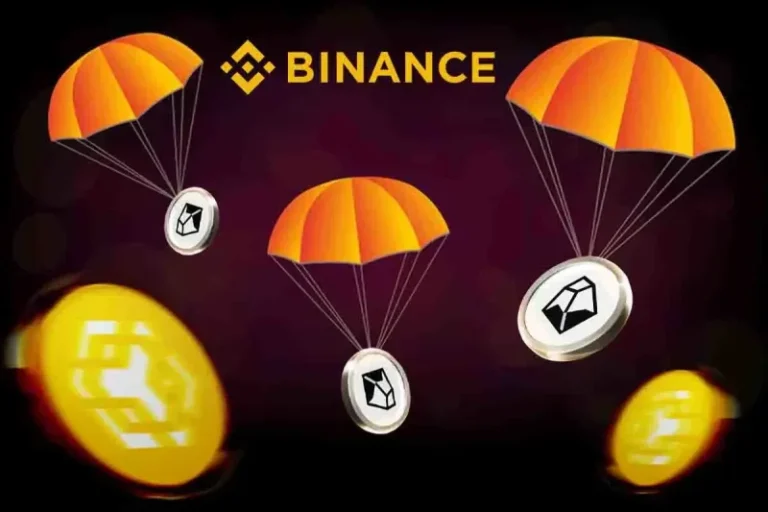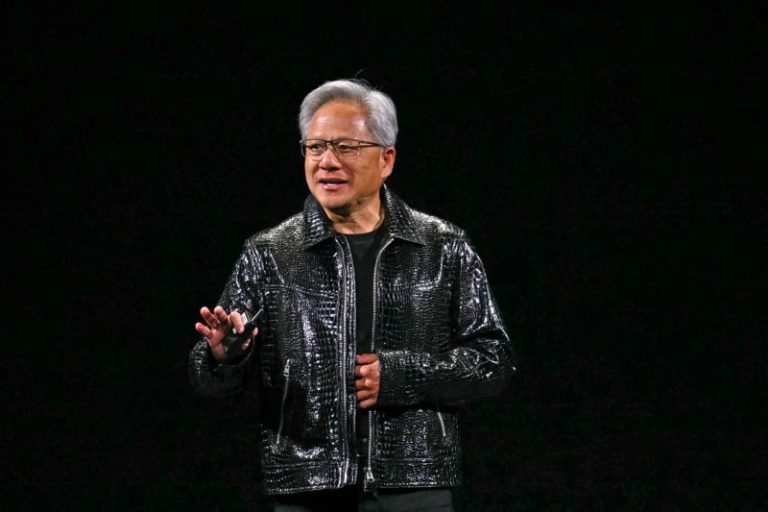Here’s a quick recap of the crypto landscape for Wednesday (April 30) as of 9:00 p.m. UTC.
Get the latest insights on Bitcoin, Ethereum and altcoins, along with a round-up of key cryptocurrency market news.
Bitcoin and Ethereum price update
Bitcoin (BTC) was priced at US$93,992.22 as markets closed for the day, down 1.3 percent in 24 hours. The day’s range has seen a low of US$93,333.62 and a high of US$94,464.34.
Bitcoin performance, April 30, 2025.
Chart via TradingView.
Cryptocurrencies have fallen slightly after the US Department of Commerce revealed that US gross domestic product declined by 0.3 percent in Q1, in contrast to economists’ expectations for a 0.4 percent gain.
Wednesday’s reading marks the first decline since Q1 2022. “Multiple indicators are now showing a recession to be the base case expectation in 2025,” according to the Kobeissi Letter.
Ethereum (ETH) ended the day at US$1,782.75, a 1.9 percent decrease over the past 24 hours. The cryptocurrency reached an intraday low of US$1,750.28 and reached its daily high as the markets wrapped.
Altcoin price update
- Solana (SOL) ended the day valued at US$145.18, down 2.5 percent over 24 hours. SOL experienced a low of US$141.31 and peaked at $145.61.
- XRP traded at US$2.19, reflecting a 4.3 percent decrease over 24 hours. The cryptocurrency recorded an intraday low of US$2.15 and reached its highest point at US$2.20.
- Sui (SUI) was priced at US$3.41, showing a decreaseof four percent over the past 24 hours. It achieved a daily low of US$3.32 and a high of US$3.46.
- Cardano (ADA) was trading at US$0.6808, down 3.6 percent over the past 24 hours. Its lowest price on Wednesday was US$0.6711, with a high of US$0.6862.
Today’s crypto news to know
Grayscale launches Bitcoin Adopters ETF
On Wednesday, Grayscale announced the launch of the Grayscale Bitcoin Adopters ETF on the NYSE Arca under the ticker symbol BCOR. The fund is based on the Indxx Bitcoin Adopters Index.
The launch of this exchange-traded fund (ETF) represents the growing interest in Bitcoin among corporations. According to Rahul Sen Sharma, president and Co-CEO at Indxx, public companies’ Bitcoin holdings increased by 16.1 percent in the year’s first quarter, valued at approximately US$57 billion. Roughly 3 percent of Bitcoin’s total supply is now held by companies globally, indicating a major shift in corporate treasury management.
Tether announces plans for US dollar stablecoin
Tether CEO Paolo Ardoino announced in a CNBC interview on Wednesday afternoon that his company plans to launch a US dollar stablecoin in the US as early as the end of this year or in early 2026.
Tether’s existing USDT stablecoin is the leading US dollar exporter with a market cap of nearly US$150 billion; however, it is overshadowed in the US by Circle’s rival product, USDC.
Ardoino told CNBC that USDT was created for smaller, developing economies, and that its new product will be designed with features that cater specifically to the US market.
SEC postpones decisions on XRP and DOGE ETFs
The US Securities and Exchange Commission (SEC) has extended its review period for two proposed spot cryptocurrency exchange-traded funds (ETFs) tied to XRP and Dogecoin, delaying any decision until mid-June.
The agency cited a need for more time to evaluate the filings, specifically the Bitwise DOGE ETF and the Franklin XRP Fund, and the legal issues they raise.
Under federal securities law, the SEC is allowed up to 90 days from the initial publication to make a decision, and this delay appears to fall within that window. Analysts speculated that the delay was anticipated and aligns with broader expectations that most final rulings will land in the fall.
While DOGE and XRP prices saw little immediate movement, the delay signals the SEC’s continued caution around expanding ETF offerings beyond Bitcoin and Ethereum.
Kraken launches ‘Embed’ service to let banks offer crypto trading
Crypto exchange Kraken is opening a new front in institutional crypto adoption with the launch of “Embed,” a plug-and-play crypto trading service for fintechs, neobanks, and traditional financial institutions.
Announced on Wednesday, the service enables companies to integrate crypto trading directly into their apps and websites using Kraken’s APIs, bypassing the need to build costly infrastructure or secure their own licenses.
Amsterdam-based digital bank Bunq is the first to roll out the new service, debuting ‘Bunq Crypto’ to let European users trade digital assets within its existing app.
According to Kraken’s head of payments, Brett McLain, the goal is to offer access to a wide range of tokens and fast asset listings, which he says sets Kraken apart from other white-label providers like Bitpanda.
Embed customers will pay variable service fees and share a portion of trading revenues with Kraken.
KuCoin pledges US$2 billion to Trust project
KuCoin announced a bold US$2 billion investment into what it’s calling the “Trust Project,” a sweeping initiative to restore user confidence and improve transparency across its platform.
The announcement was made during the TOKEN2049 conference in Dubai, where KuCoin executives laid out a roadmap focused on regulatory alignment, user protection, and responsible innovation.
A major component of the project involves giving the exchange’s native token, KCS, a larger role in governance, risk mitigation, and user reward structures. CEO BC Wong said the investment is aimed at securing the “long-term health” of the digital asset ecosystem by strengthening accountability and neutralizing systemic risks.
The initiative arrives as global regulators intensify their scrutiny of centralized exchanges and demand higher standards for custody, disclosures, and user safeguards.
Nasdaq files to list 21Shares Dogecoin ETF
In a fresh bid to tap into retail enthusiasm for meme coins, the Nasdaq has submitted a formal application with the SEC to list the 21Shares Dogecoin ETF, according to a 19b-4 filing released Tuesday.
The ETF is designed to track Dogecoin’s market performance via the CF DOGE-Dollar Settlement Price Index and will hold the token directly, without using leverage or derivatives.
Coinbase Custody Trust has been named as the fund’s official custodian, offering added legitimacy and security to the proposed vehicle. The filing comes in the wake of 21Shares’ S-1 registration and its partnership with the House of Doge — a corporate arm of the Dogecoin Foundation — to promote the fund.
Although the SEC recently delayed a decision on Bitwise’s similar DOGE ETF, Nasdaq’s move signals sustained momentum behind bringing more meme coin exposure to regulated markets.
Securities Disclosure: I, Giann Liguid, hold no direct investment interest in any company mentioned in this article.
Securities Disclosure: I, Meagen Seatter, hold no direct investment interest in any company mentioned in this article.










